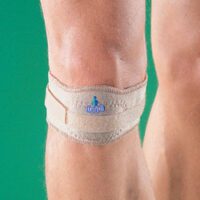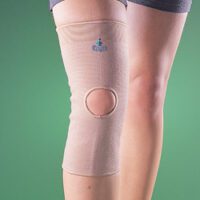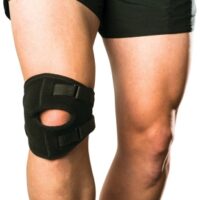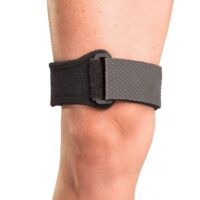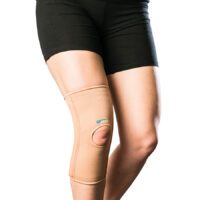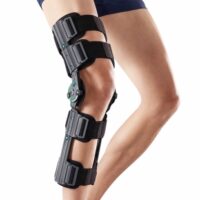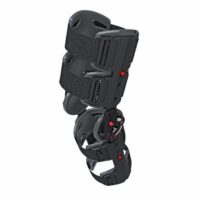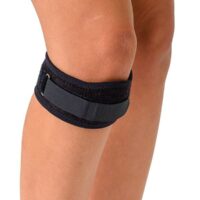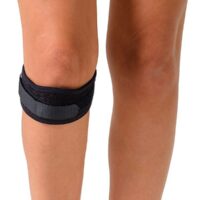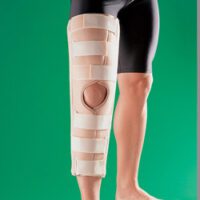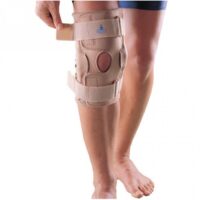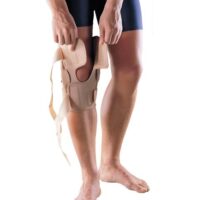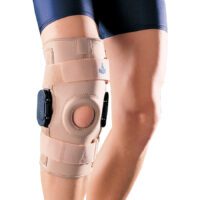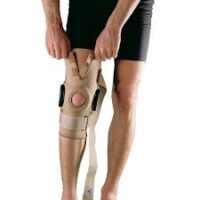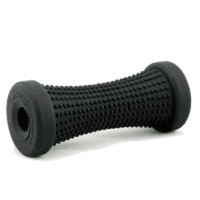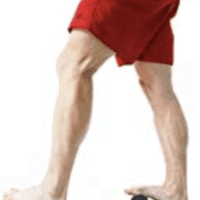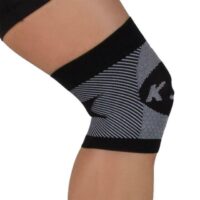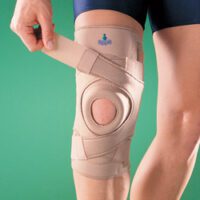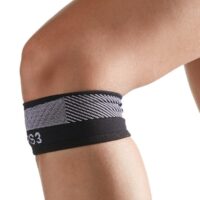Runner's Knee
Article by John Miller

What is Runner’s Knee?
Runner’s Knee
As the name suggests, Runner’s Knee is knee pain suffered by runners. Rather than being a specific condition, a runner’s knee can be one of the numerous injuries. Essentially most runner’s knee falls into either anterior knee pain or lateral knee pain commonly experienced by runners.
What Causes Runner’s Knee?
Anterior Runner’s Knee Pain Sources
Anterior knee pain is pain felt in the front of your knee. The most common conditions in runners are:
- Patellofemoral Joint Pain Syndrome
- Chondromalacia Patella
- Patella Tendinopathy
- Knee Bursitis
- Fat Pad Impingement
Lateral Runner’s Knee Pain
Lateral knee pain is felt on the outside of your knee. The most common cause of lateral knee pain in runners is Iliotibial band (ITB) syndrome.
What are the Symptoms of Runner’s Knee?
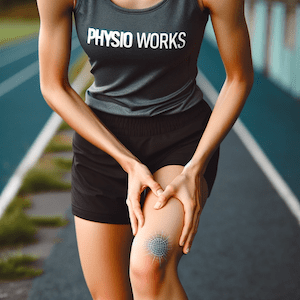
As mentioned earlier, a runner’s knee is not a specific diagnosis but rather a cluster of knee pain conditions suffered by runners.
Therefore, by definition, a runner’s knee symptoms can be described as “knee pain during or after running”. In most cases, they are overuse type injuries rather than acute trauma.
It is best to have your runner’s knee professionally assessed for more specific symptoms to identify the specific injury.
How is Runner’s Knee Diagnosed?
Your sports physiotherapist or sports physician are qualified to diagnose your runner’s knee. Please seek their professional opinion for an accurate diagnosis since treatment can vary considerably depending on the diagnosis.
Runner’s Knee Treatment?
Runner’s knee treatment will vary according to the specific underlying condition. Please seek the professional advice of your trusted physiotherapist.
More info: Runners Injuries




